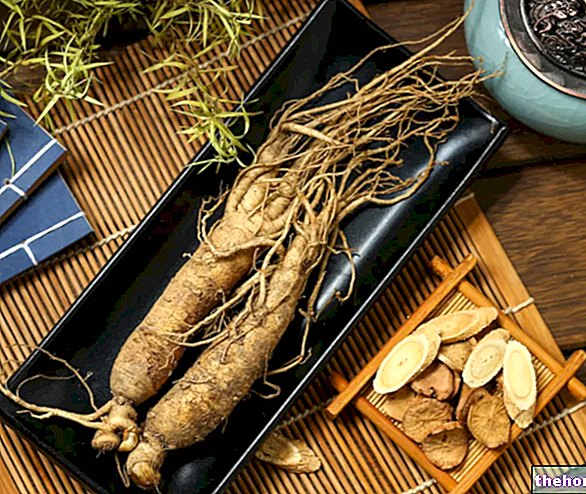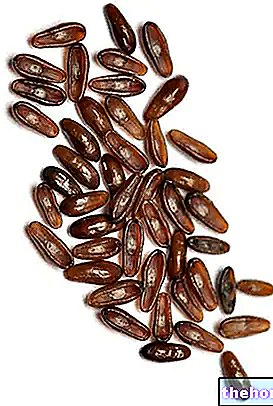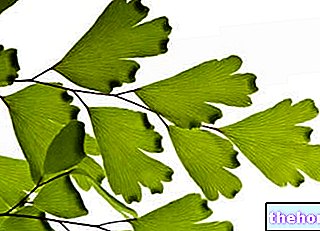The official pharmacopoeia contains general chemical and biological evaluation methods. Pharmacognosy, however, also employs much more sophisticated methods, such as spectroscopic and chromatographic ones.
The evaluation of the quality of drugs from the chemical point of view provides a strong in-depth analysis, peculiar to the analytical capacity of the instruments used; in other words, a drug is evaluated on the basis of the quantity and quality of the active ingredients contained in it, which are decisive in an analytically precise way thanks to extremely precise chromatographic instruments. Among these chromatographic techniques we find: gas chromatography, gas mass, HPLC (liquid chromatography on column), ion exchange chromatography and plate chromatography (TLC, HPTLC). They are all methods that use the chromatographic principle in the evaluation qualitative quantity of the chemical substances present in a phytocomplex Therefore, these instruments allow us to evaluate the drug as a phytocomplex, the quantity and quality of the single chemical classes, their ratio and the quantity of the characterizing active principle.
To evaluate the phytocomplex it is important to adopt the most suitable strategies for its extraction, because there is no analytical method that has not been preceded by an "extraction. Extractions are necessary for the technician-pharmacologist to evaluate the drug or, possibly, to obtain elements of "use of that drug, which can be directly placed in the tertiary processing industry. Extractive methods make it possible to obtain those categories of active ingredients that are considered important in the qualitative classification of the drug, or to selectively extract one or more categories that are considered to be an expression of its activity.
The active ingredients are generally molecules of glycosides, alkaloids, terpenes, anthraquinones; all secondary metabolites that are an expression of the relational biology of the organism; there are, however, also molecules deriving from the primary metabolism of health interest, such as carbohydrates (starch and its derivatives, cellulose and its derivatives), proteins and in particular enzymes proteolytics (papain or bromelain).
Before proceeding with an "extraction of active ingredients from a drug, it is necessary to consider the chemical - physical characterization of the drug"; in other words, before extracting an active principle it is necessary to know its chemical nature well in terms of polarity, because the extraction process is essentially reduced to the association of an adequate solvent to the drug. This solvent, being chemically similar to the principle to be extracted, it selectively removes it from the remaining phytocomplex, the more this chemical affinity is accentuated, the better the extraction will take place ("like dissolves like"). It is therefore essential to know, from the phytochemical point of view, the principle to be extracted, in order to associate the solvent or the mixture of solvents more similar to it.
More articles on "Evaluation of the quality of a drug with the" aid of chromatographic methods "
- Evaluation of an essential oil and haemolytic capacity
- Pharmacognosy
- Preparation of a drug for extraction




























